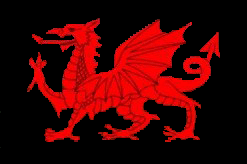Charles Herrick, who has provided most of the military-related analysis published here as part of the Capa D-Day project, has distilled that material into a new book, Back into Focus: The Real Story of Robert Capa’s D-Day. […]
|
Clearly, Capa fudged the truth and even lied outright whenever it served his purposes, telling multiple versions of his anecdotes and choosing his sometimes extreme variations according to how he gauged his listeners and the professional consequences of his disclosures. For reasons of his own, John Morris still chooses — at least publicly — not to see it that way. […] In short, we have clear evidence of a pattern of intimidation and obstruction of independent Capa research by individuals at the very top of the ICP chain of command, going back to the institution’s origins. This does not bode well for the future of Capa scholarship, nor for the future of ICP. Moreover, it raises serious questions about ICP’s claim to credible status as a research institution. […] Cornell Capa’s intervention, as well as that of ICP’s lawyers, was rather brutal. They sent us threatening injunctions. We soon understood they would do whatever it took to stop us from making the movie. […] I can only describe the National Press Photographers Association’s Donald Winslow and Bruce Young, the writer to whom he assigned the magazine’s report on this blog’s investigation of Robert Capa’s actions on D-Day and the subsequent fate of his images, as severely compromised from the outset of their coverage of our research relating to Capa and his picture editor at the time, John Morris. […] |
||




